Choosing the right scuba diving destination depends on several factors, from your level of diving skill to what you want to experience beneath the waves. For example, if you’re after marine biodiversity, places like Indonesia or the Philippines offer incredible opportunities. For shipwreck enthusiasts, places like the Caribbean and Europe boast some of the most impressive wrecks.
Another key factor is the time of year. Some of the best diving destinations are seasonal. Weather conditions, ocean migrations, and even the influx of tourism can affect your experience, so it’s vital to do your research ahead of time. This guide covers some of the best scuba diving locations around the world, ensuring that wherever you dive, you’ll experience an amazing adventure.
📓Before you head out on your diving adventure, make sure you’re prepared:
✔️Ensure your certification level matches the difficulty of the dive sites you’re visiting.
✔️Always opt for travel insurance that covers diving-related incidents.
✔️While many dive shops provide rental gear, having reliable scuba diving gear from DIPNDIVE and other similar shops can enhance your comfort and ensures your safety as you explore the depths.
✔️Some locations may require a diving medical certificate, so check the requirements in advance.
Raja Ampat, Indonesia
Best Time to Dive: October to April
Located in the heart of the Coral Triangle, Raja Ampat is considered one of the most biodiverse marine ecosystems in the world. With more than 1,400 species of fish and an impressive variety of coral, Raja Ampat is a haven for marine biologists and enthusiastic divers alike. Its warm waters and pristine coral reefs provide an unmatched underwater experience.
The region’s unique geography, consisting of over 1,500 small islands, cays, and shoals, creates a range of dive sites catering to all levels of experience. Popular dive spots such as Cape Kri and Manta Ridge offer sightings of large pelagic species like manta rays and reef sharks, as well as smaller creatures like pygmy seahorses.
For the best visibility and calm conditions, visit Raja Ampat between October and April, during the region’s dry season.

Galápagos Islands, Ecuador
Best Time to Dive: June to November
The Galápagos Islands are renowned for their unique wildlife both above and below the water. Diving here offers the rare opportunity to encounter marine life that you won’t find anywhere else in the world, such as marine iguanas, Galápagos penguins, and massive schools of hammerhead sharks. The nutrient-rich waters around the islands support a vibrant marine ecosystem, making it one of the most thrilling dive locations globally.
Sites like Darwin’s Arch and Wolf Island are famous for their encounters with large pelagic species, including whale sharks and hammerheads. Strong currents and cold water mean this destination is best suited for experienced divers. However, the rewards are well worth the effort. The underwater topography, including steep walls and submerged volcanic formations, adds an element of adventure to every dive.
For the best marine life encounters, including the large pelagics, the ideal time to visit the Galápagos is from June to November.
Tours4fun recommendation:

Red Sea, Egypt
Best Time to Dive: March to May and September to November
The Red Sea is one of the most accessible and diverse diving destinations in the world, with crystal-clear waters, vibrant coral reefs, and an impressive variety of marine life. Egypt’s coastline, particularly around Sharm El Sheikh and Hurghada, is home to numerous world-class dive sites, including the famous Thistlegorm wreck and the Ras Mohammed National Park.
Divers in the Red Sea can expect to see large schools of colorful fish, moray eels, rays, and an abundance of soft and hard corals. The unique combination of clear waters, warm temperatures, and sheltered dive sites make this region perfect for both beginners and experienced divers. The Straits of Tiran offer strong drift dives, and the Brothers Islands are renowned for shark sightings, including hammerheads and oceanic white tips.
For the best conditions, visit the Red Sea in March to May or September to November, when the water is warm and visibility is excellent. The peak summer months can be extremely hot on land, making shoulder seasons more comfortable for divers.
Tours4fun recommendation:
Maldives
Best Time to Dive: November to April
The Maldives is a tropical paradise for divers, with its crystal-clear waters, abundant coral reefs, and an array of marine life that includes manta rays, whale sharks, and vibrant reef fish. The atolls of the Maldives are home to over a thousand small islands, each surrounded by pristine reefs and offering a range of diving experiences.
For many, the highlight of diving in the Maldives is encountering manta rays and whale sharks, especially around Ari Atoll and Baa Atoll. These gentle giants are often seen feeding at cleaning stations or gliding through the water in large groups. The Maldives also offers excellent drift diving, with strong currents bringing in large pelagics like eagle rays, reef sharks, and schools of barracuda.
The best time to dive the Maldives is from November to April, during the northeast monsoon, when the seas are calm, and visibility is at its best. For manta ray and whale shark sightings, visit the region between May and November, when plankton blooms attract these large filter feeders.
Tours4fun recommendation:
Fiji
Best Time to Dive: May to October
Known as the “Soft Coral Capital of the World”, Fiji offers vibrant underwater landscapes that are bursting with color and life. The nutrient-rich waters surrounding the islands create the perfect environment for stunning coral reefs, teeming with tropical fish, rays, and sharks. Fiji is an excellent destination for divers of all levels, offering a variety of dive sites, from easy coral gardens to deep drift dives and thrilling shark encounters.
Beqa Lagoon is famous for its shark diving, where experienced divers can come face-to-face with bull sharks, tiger sharks, and reef sharks in a controlled environment. Meanwhile, Rainbow Reef and the Great White Wall are known for their incredible coral formations and an abundance of marine life, including turtles, reef fish, and manta rays.
The best time to dive in Fiji is during the dry season, from May to October, when the water is clearest, and visibility can reach up to 40 meters.
Tours4fun recommendation:
Hawaii, USA
Best Time to Dive: April to October
Hawaii’s rich volcanic landscape extends beneath the waves, offering unique underwater environments for divers to explore. The Big Island is known for its lava tubes, underwater arches, and dramatic drop-offs, while Oahu and Maui feature coral reefs and historical wrecks. Hawaii’s clear, warm waters and abundant marine life make it a prime destination for divers of all levels.
One of the highlights of diving in Hawaii is the chance to encounter manta rays, particularly during night dives off the Kona coast. These giant rays can be seen feeding on plankton, their graceful movements illuminated by diver lights. Hawaii is also home to several species of sharks, including tiger sharks and reef sharks, as well as sea turtles, dolphins, and large schools of fish.
The best time to dive in Hawaii is from April to October, when the weather is warm, and sea conditions are at their calmest. Winter months can bring larger swells, particularly on the northern shores.
Tours4fun recommendation:
Palau, Micronesia
Best Time to Dive: November to April
Palau is a paradise for divers looking for an exciting mix of drift diving, WWII wrecks, and abundant marine life. Its most famous site, Blue Corner, is regarded as one of the best drift dives in the world, where strong currents bring in sharks, rays, and large schools of pelagic fish. Divers often use reef hooks to secure themselves to the reef while watching the action unfold.
Palau also offers unique diving experiences like Jellyfish Lake, where snorkelers can swim among millions of harmless jellyfish, and the German Channel, known for regular sightings of manta rays. For those interested in history, Palau’s WWII wrecks offer a fascinating underwater journey through time.
The best time to dive Palau is from November to April, when sea conditions are calm and visibility is at its best.
Bonaire, Caribbean Netherlands
Best Time to Dive: November to April
Often regarded as one of the best shore diving destinations in the world, Bonaire offers easy access to a stunning array of dive sites right from the shore. The island’s fringing reefs are home to a variety of hard and soft corals, sponges, and an abundance of tropical fish. With calm waters and excellent visibility year-round, Bonaire is perfect for both novice and experienced divers.
Bonaire’s Marine Park is a protected area that encompasses the entire coastline, ensuring that the reefs remain healthy and vibrant. Popular dive sites like Hilma Hooker and 1000 Steps offer a mix of wreck diving and coral reef exploration. Sea turtles, eagle rays, and moray eels are commonly spotted, along with smaller critters like frogfish and seahorses.
For the best conditions, visit Bonaire between November and April, when the trade winds are calm, and visibility is at its peak.
Sipadan Island, Malaysia
Best Time to Dive: April to December
Located off the coast of Borneo, Sipadan Island is a bucket-list destination for many divers due to its extraordinary biodiversity and unique underwater geography. The island was formed by living corals growing on top of an extinct volcanic cone, resulting in dramatic wall dives that drop off into the abyss. These walls are teeming with life, from small critters like nudibranchs to larger animals like reef sharks, turtles, and schools of barracuda.
The highlight of any dive at Sipadan is likely to be the Turtle Cavern, a labyrinth of underwater tunnels where green and hawksbill turtles can be seen resting. The abundance of turtles is one of Sipadan’s trademarks, alongside its stunning coral reefs and large schools of fish.
The best time to dive Sipadan is April through December, with peak conditions in the summer months. However, access to Sipadan is strictly controlled to protect its delicate ecosystem, so early bookings are essential.
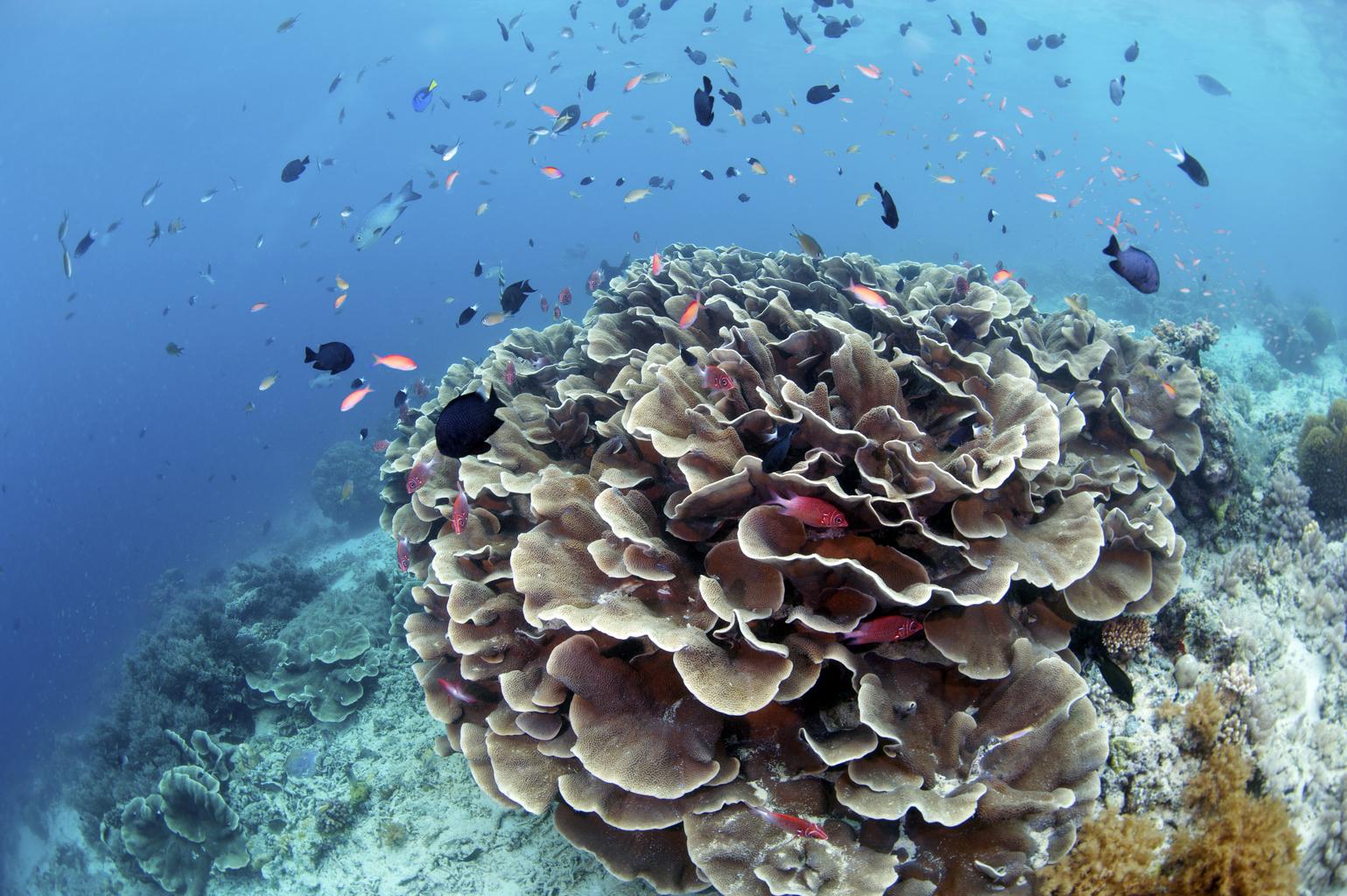
Great Barrier Reef, Australia
Best Time to Dive: June to October
The Great Barrier Reef is not only the largest coral reef system on the planet but also one of the most iconic diving destinations. Stretching over 2,300 kilometers off the coast of Queensland, this natural wonder is home to more than 1,500 species of fish, 400 types of coral, and a range of other marine life, including manta rays, turtles, and sharks.
Divers can explore a diverse array of sites, from shallow coral gardens teeming with life to deeper sections where large pelagics like reef sharks and dolphins can be encountered. The clear waters provide excellent visibility, making it an ideal location for both novice and experienced divers. In addition to its marine biodiversity, the reef features dramatic drop-offs and shipwrecks like the SS Yongala, regarded as one of the best wreck dives in the world.
The best time to dive the Great Barrier Reef is during the Australian winter months (June to October), when water temperatures are comfortable, and visibility is at its peak. It’s also the season for whale watching, with humpback whales frequently spotted during surface intervals.
Silfra Fissure, Iceland
Best Time to Dive: June to August
The Silfra Fissure in Iceland offers a dive experience unlike any other, allowing divers to swim between the tectonic plates of North America and Eurasia. The crystal-clear glacial waters, with visibility often exceeding 100 meters, make this one of the most surreal and visually stunning dives in the world.
Despite the cold water, which requires a dry suit, the experience is peaceful and awe-inspiring. The underwater rock formations and caverns created by the shifting plates are a wonder to explore, and the feeling of literally diving between continents is unparalleled.
The best time to dive Silfra is during the Icelandic summer, from June to August, when conditions are mild and the daylight is extended, offering more time to explore.
Blue Hole, Belize
Best Time to Dive: April to June
A UNESCO World Heritage site, the Blue Hole in Belize is one of the most famous dive locations for advanced divers seeking deep-water adventures. This massive underwater sinkhole, measuring more than 300 meters across and 124 meters deep, offers an eerie, otherworldly experience.
Divers descend into the sapphire-blue waters, passing ancient limestone formations, stalactites, and stalagmites that date back thousands of years. The Blue Hole is home to several species of reef sharks, including Caribbean reef sharks, bull sharks, and the occasional hammerhead. For many, the thrill comes from the combination of the geological features and the abundance of large marine life.
The best time to visit the Blue Hole is between April and June when the weather is calm, and sea conditions are optimal for both boat rides and dives.
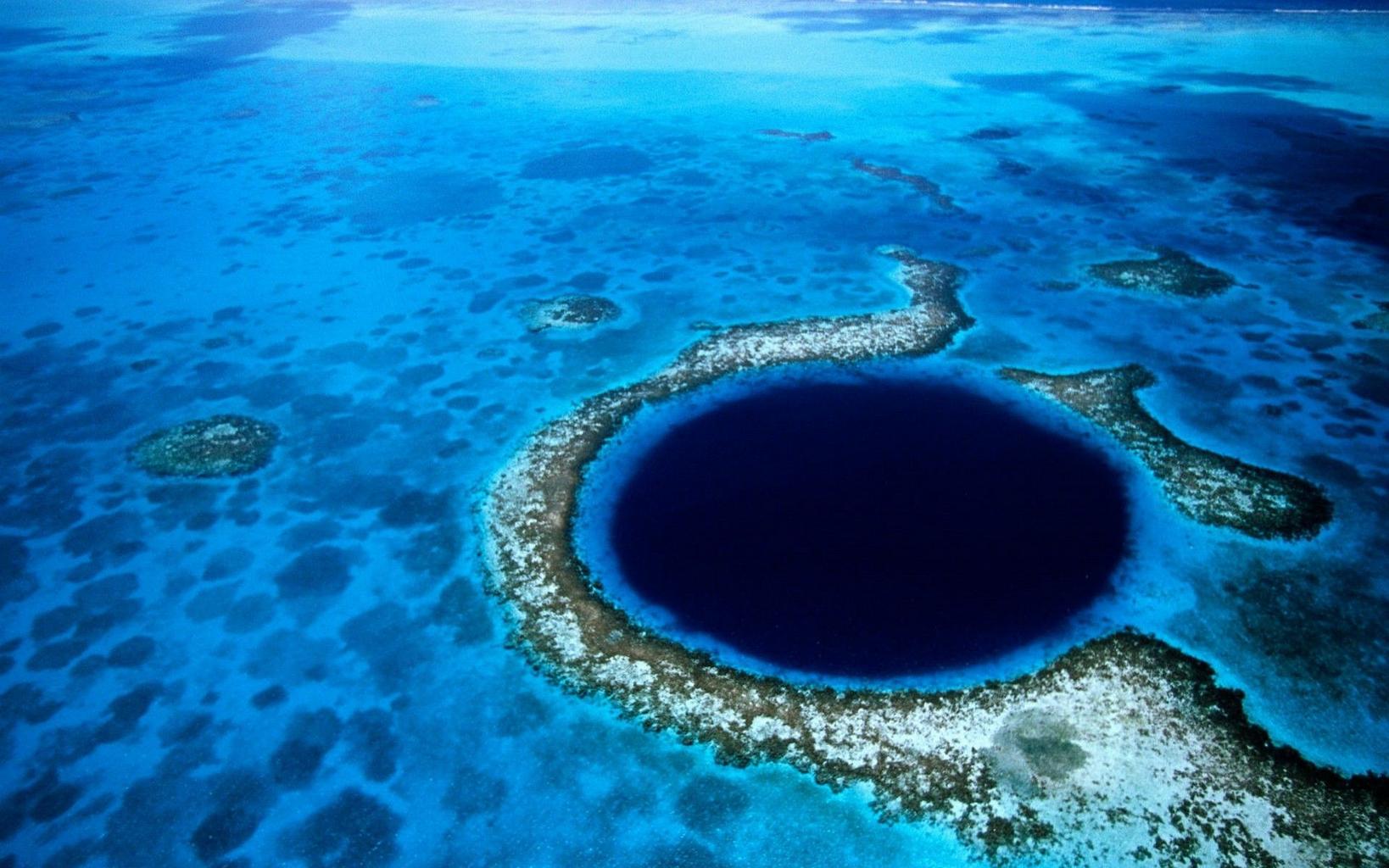
Similan Islands, Thailand
Best Time to Dive: November to May
The Similan Islands in Thailand are a diver’s paradise, known for their crystal-clear waters, rich coral reefs, and a variety of marine life. Located in the Andaman Sea, this group of islands offers some of the best diving in Southeast Asia, with sites like Elephant Head Rock and Richelieu Rock drawing divers from around the world.
The Similan Islands are famous for their vibrant coral gardens, underwater boulder formations, and the chance to encounter large pelagic species like manta rays and whale sharks. The area also offers plenty of opportunities for macro enthusiasts, with sightings of nudibranchs, seahorses, and ghost pipefish. The strong currents around some of the islands make drift diving a common practice, adding an exciting element to the dives.
The best time to dive the Similan Islands is from November to May, when the seas are calm, and visibility is at its best. The dive season closes from May to October to protect the reefs during the monsoon season.
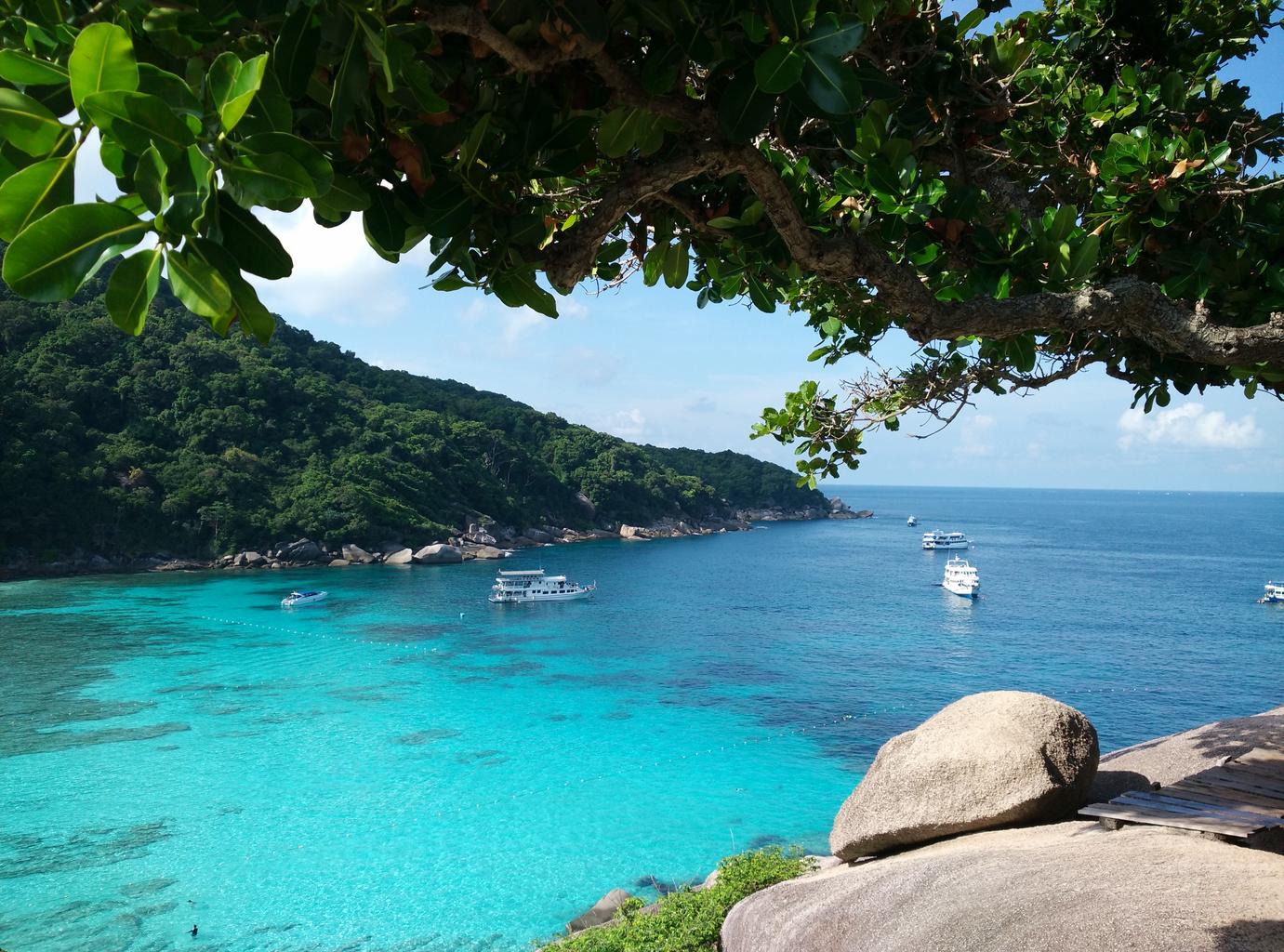
Tubbataha Reef, Philippines
Best Time to Dive: March to June
The Tubbataha Reef Natural Park, a UNESCO World Heritage site located in the Sulu Sea, is one of the Philippines‘ most remote and pristine diving destinations. Accessible only by liveaboard, Tubbataha’s isolation has helped preserve its rich marine biodiversity, making it a mecca for serious divers. The reef is home to over 600 species of fish, 360 species of coral, and a variety of large pelagics, including reef sharks, manta rays, and whale sharks.
Diving in Tubbataha offers an unforgettable experience, with dramatic walls, large schools of fish, and the chance to encounter everything from turtles to hammerhead sharks. The reefs are some of the healthiest in the world, with stunning coral formations that are a photographer’s dream.
The best time to visit Tubbataha is from March to June, during the dry season when liveaboard trips are available, and sea conditions are calm.
Cocos Island, Costa Rica
Best Time to Dive: June to November
A UNESCO World Heritage site, Cocos Island is a dream destination for advanced divers seeking big underwater action. Located 550 kilometers off the coast of Costa Rica, this remote island is famous for its schools of hammerhead sharks, whale sharks, manta rays, and other large pelagics. The nutrient-rich waters surrounding the island attract vast marine life, creating the perfect conditions for thrilling diving encounters.
Cocos Island is known for its strong currents, which makes it more suitable for experienced divers. Sites like Alcyone and Dirty Rock are magnets for marine life, where divers can expect to be surrounded by hundreds of hammerhead sharks and large schools of jacks. Diving here is about adventure, and the unpredictable nature of the marine life makes every dive exciting.
The best time to dive Cocos Island is during the rainy season from June to November, when the increased presence of plankton brings in large numbers of pelagic species, including whale sharks.
FAQ
Is scuba diving dangerous?
Scuba diving can be very safe when proper precautions are taken, such as following dive tables, using reliable equipment, and diving within your certification limits.
What’s the best way to avoid ear problems while diving?
Equalize your ears early and often while descending to prevent pressure buildup, and avoid diving if you have a cold or sinus issues.
Do I need a special certification for deep dives like the Blue Hole in Belize?
Yes, the Blue Hole is a deep dive, so you’ll need an advanced open water certification or higher.
Do I need special certification for wreck diving?
Some wreck dives require advanced open water certification, and certain wrecks, especially deeper ones, may require technical diving training.
What should I pack for a scuba diving trip?
Pack your dive certification card, dive logbook, wetsuit or dry suit depending on the destination, fins, mask, and snorkel. You may also want to bring a dive computer, underwater camera, and comprehensive dive insurance.
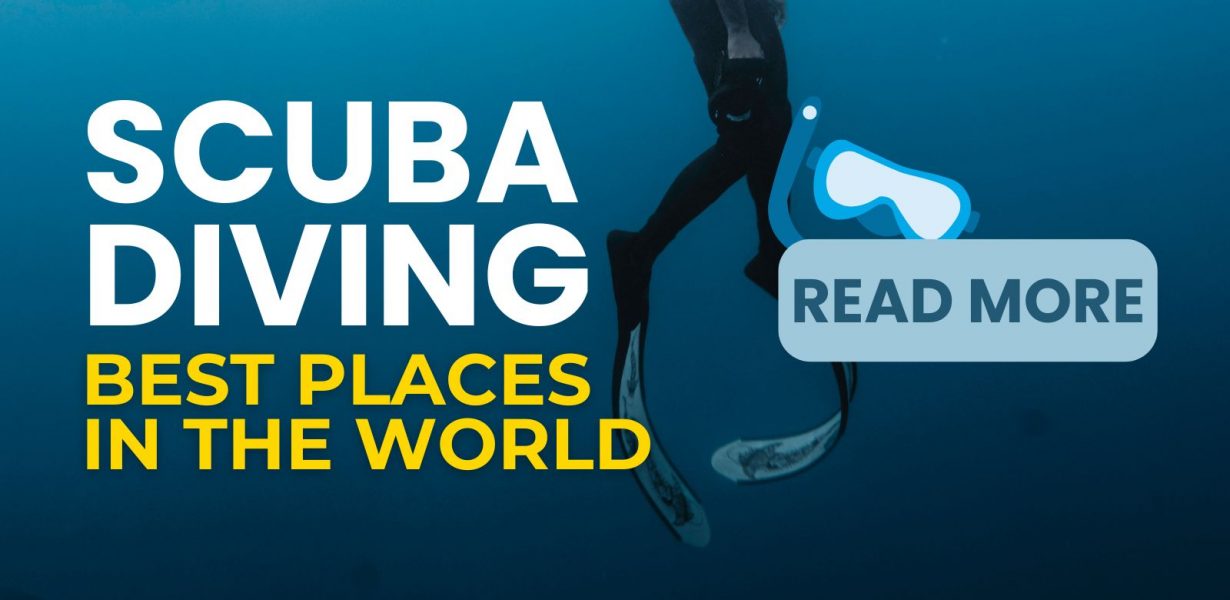





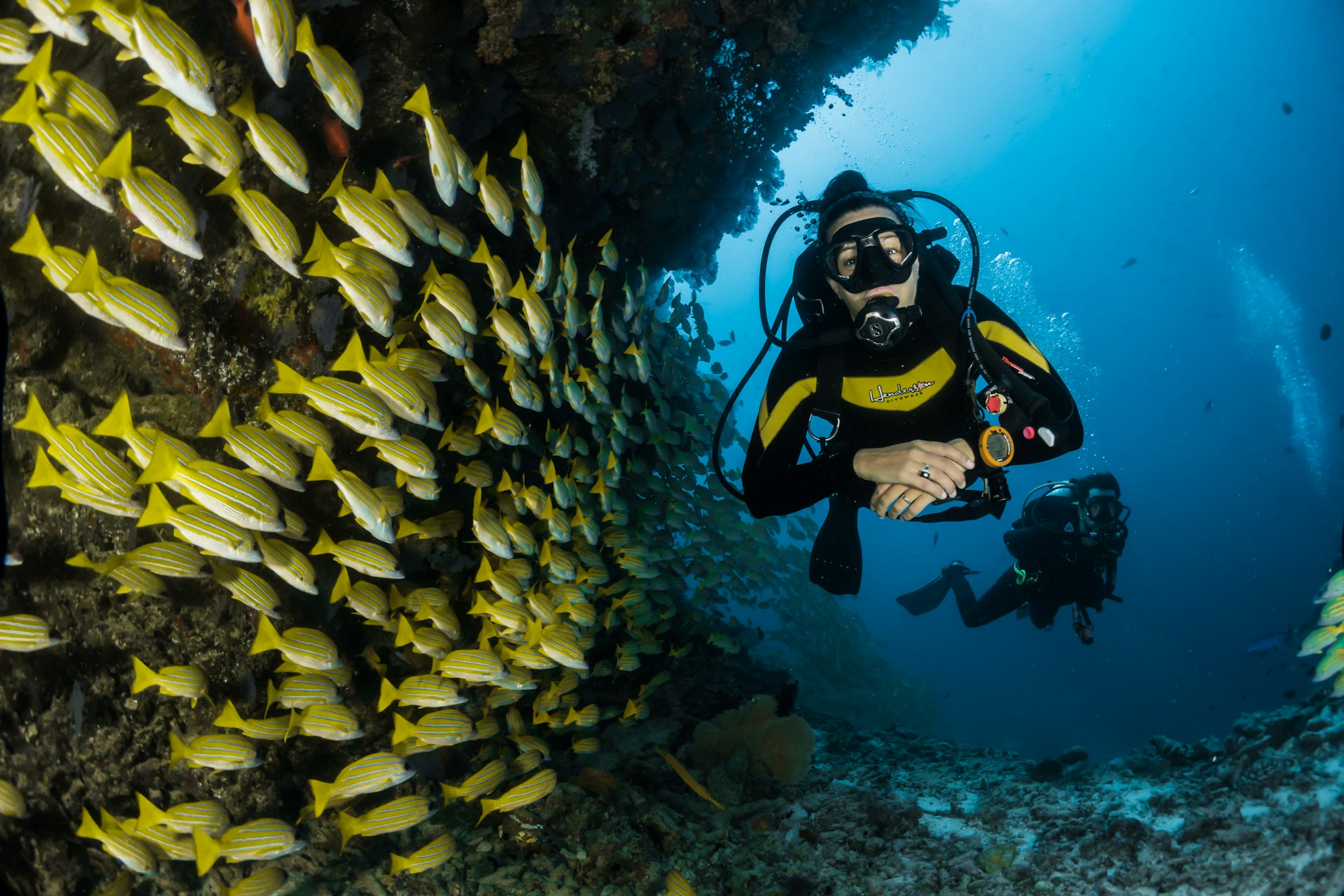
















There are no comments.